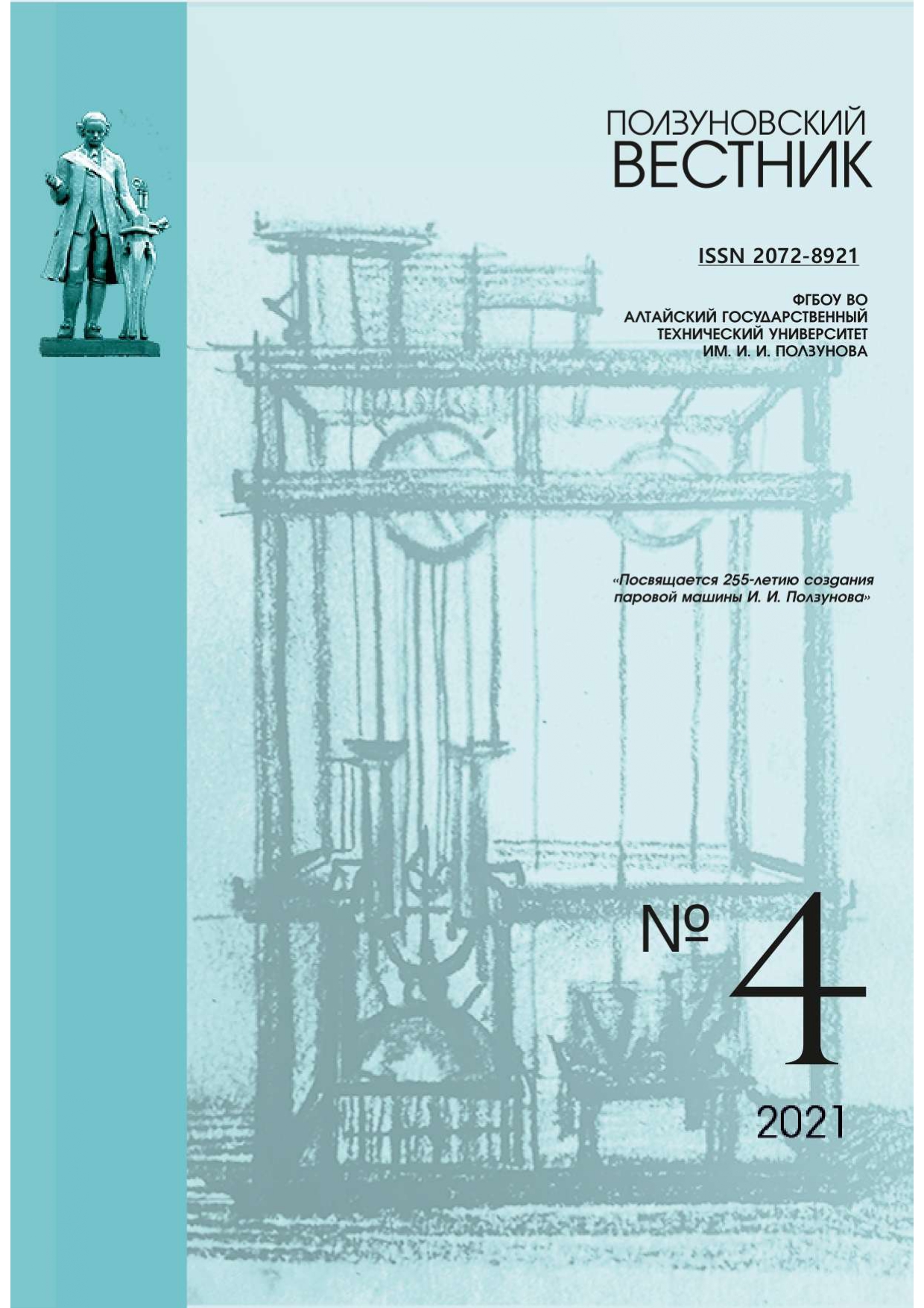DEVELOPMENT OF FLUOROPLASTIC COMPOSITES REIN-FORCED WITH FIBERS BASED ON BASALT
doi: 10.25712/ASTU.2072-8921.2021.04.015
Keywords:
fluoroplastic, polytetrafluoroethylene, polymer composite, basalt, natural fiber, mechanical activation, reinforcement, binderAbstract
In the modern century, environmentally friendly fibers have become the focus of scientists from all over the world as a fiber that is competitive in terms of characteristics and cost. The main disadvantage of such fibers is that their structure allows them to absorb moisture, which in turn leads to weak bonds between the matrix and the filler. The work presents the results of research on the development of polymer composite materials based on polytetrafluoroethylene and mechanically activated basalt fibers. It was found that with the introduction of natural fibers into a polymer matrix, the properties of the deformation strength of composites in compression increases to 38%, and the tensile strength of composites, on the contrary, decreases to 20% in comparison with the initial polymer. Possibly, the technology of free sintering in the manufacture of composites and a short time of mechanical activation of fibers in a planetary mill leads to increased porosity and a decrease in strength. An increase in the wear resistance of composites up to 1700 times is observed in comparison with unfilled PTFE. Pre-activated basalt fibers with an increase in concentration to 5 wt.% Favorably affect the formation of a friction-resistant PTFE structure. It was found that a polymer composite reinforced with basalt fibers is a good alternative for obtaining lightweight, cost-effective and more environmentally friendly materials.
Downloads
Published
How to Cite
Issue
Section
License
Copyright (c) 2021 Alexander A. Ushkanov, Sardana A. Sleptsova, Sakhaya V. Gorokhova

This work is licensed under a Creative Commons Attribution 4.0 International License.















 .
. This work is licensed under a
This work is licensed under a 
